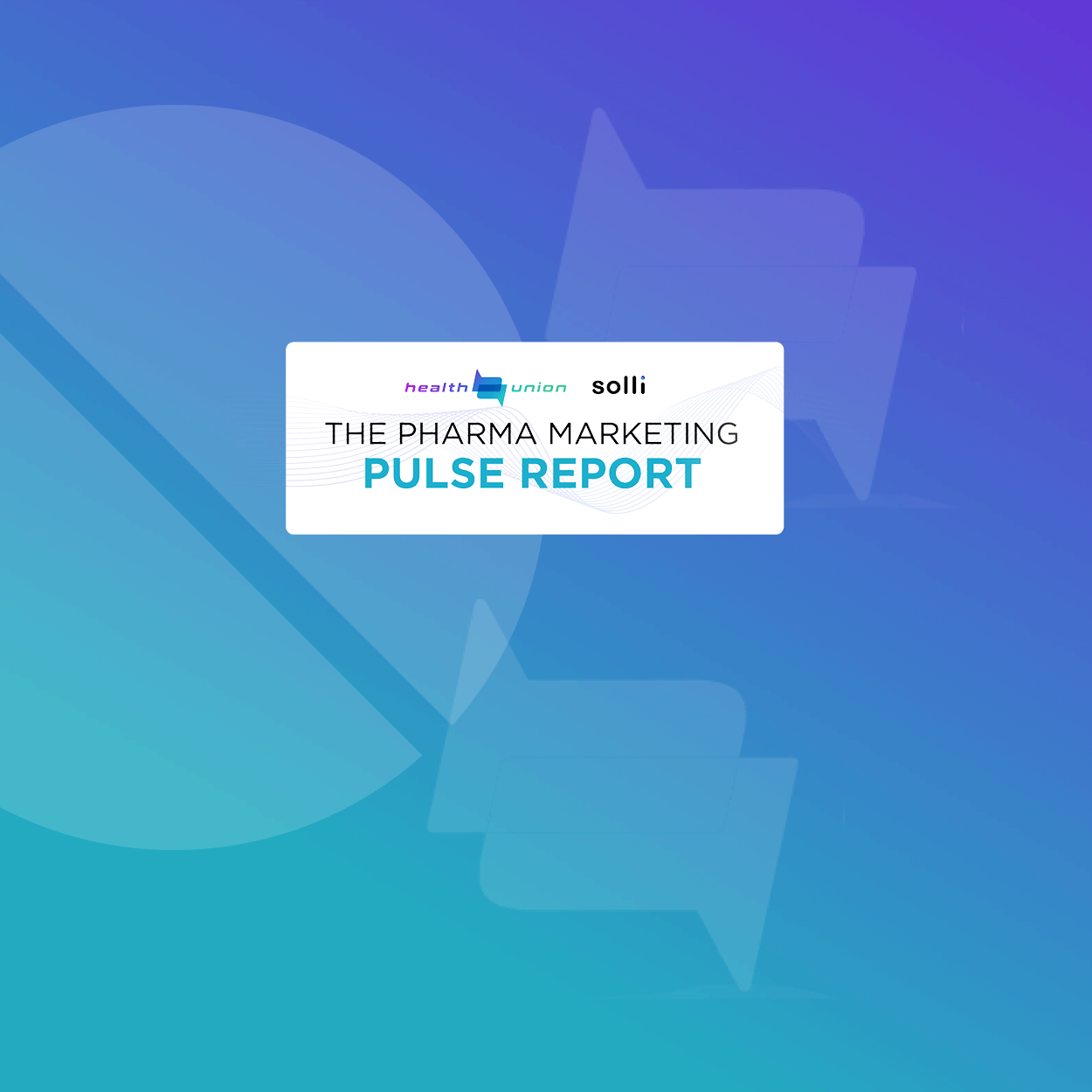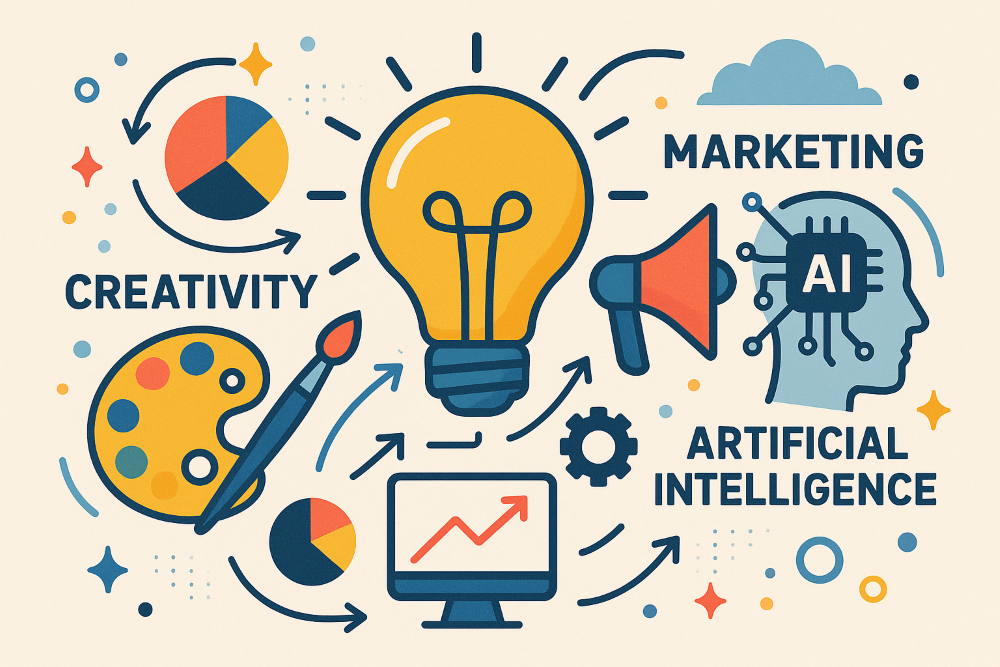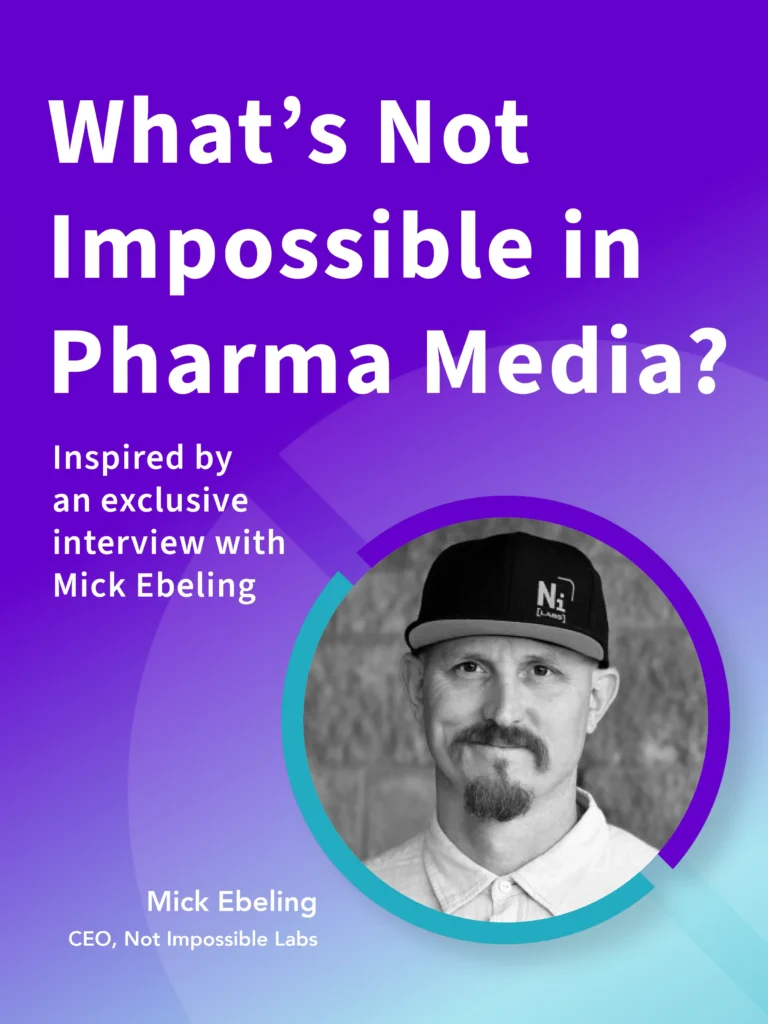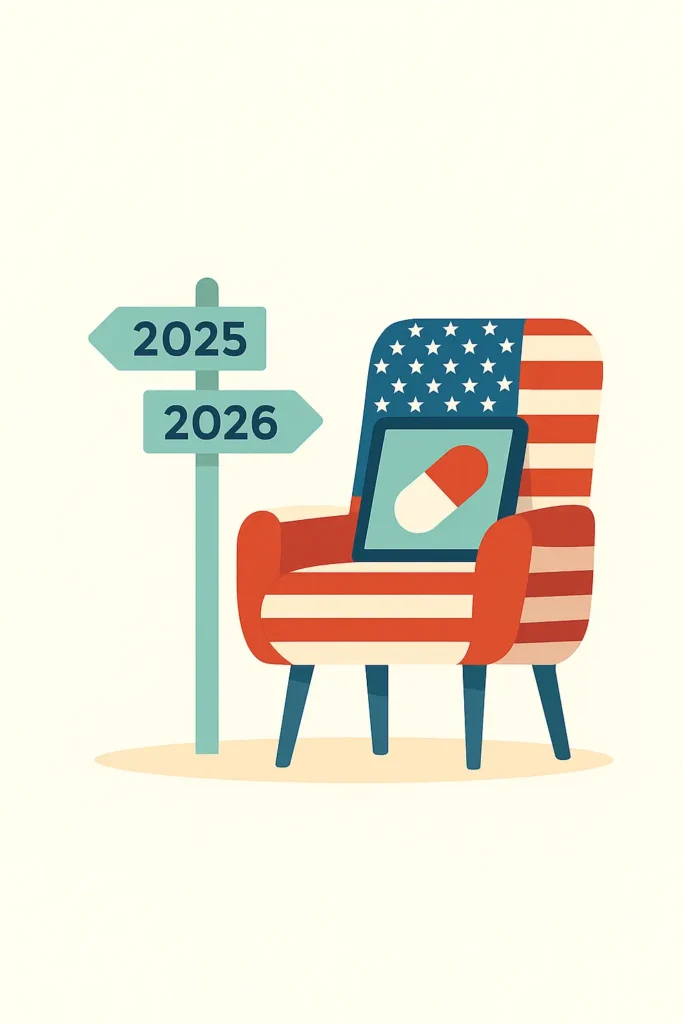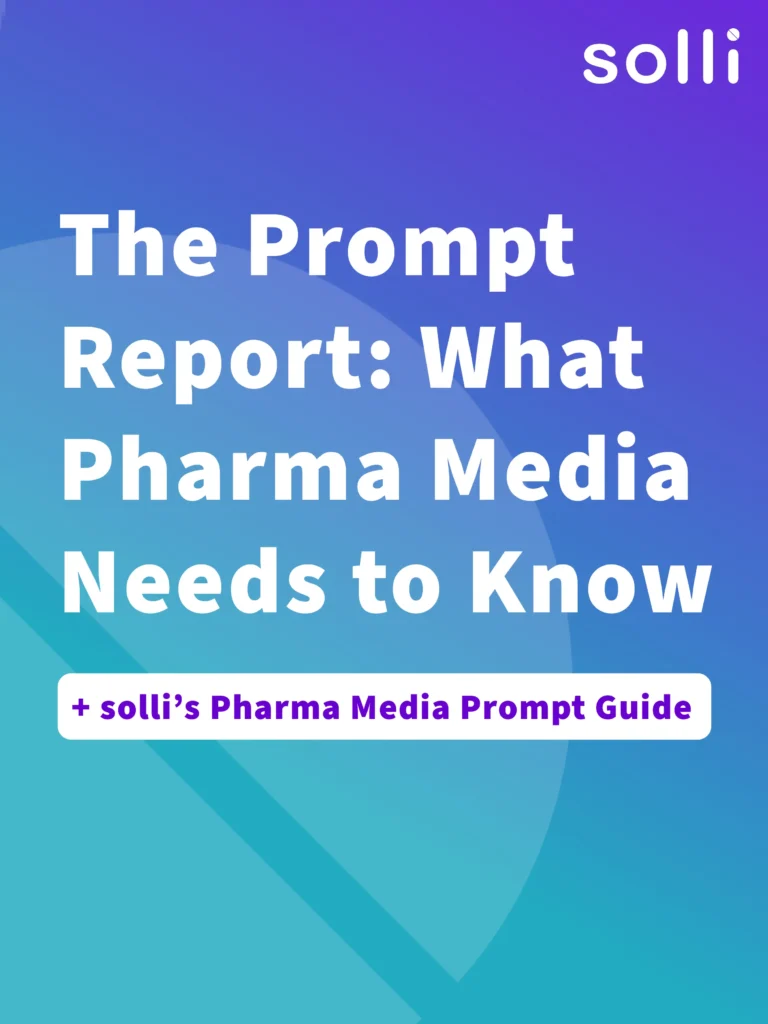The Role Media Can Play In Climate Justice
Empowering Change Through Focusing on Sustainable Media Practices

Unseen Impact: Digital Footprints in the Modern Climate
While many understand the effect of things like travel, meat production and clothing production on the climate, few are aware of the impact of digital technology – including the specific impact of the ad industry. There are incredible opportunities for advertisers to lower the carbon footprint of their campaigns. For example, it is estimated that digital technology contributes to between 3.5-4% of global greenhouse gas emissions, which is more than the entire aviation industry and a recent study published in Facets found that Social Media has a powerful impact on wildlife conservation. Fortunately, there are incredible opportunities for advertisers to lower the carbon footprint of their campaigns and support wildlife and become a positive influence on the environment.
Green Pioneers: New Frontiers in Media Sustainability
The good news is that brands and agencies don’t need to try and come up with all of the solutions to more environmentally friendly media activations themselves as there are new green media businesses that specialize in these areas. Scope3, 51tocarbonzero, WeAre8 and GoodLoop are great examples of new solutions that can help brands or publishers track emissions & decarbonize their media campaigns without sacrificing any sales performance. Additionally, organizations such as GreenTheBid, ADGREEN and GoodPlanet are able to support brands as they look to create more sustainable & regenerative creative messaging. Publishers and brands can also find new information on sustainable & regenerative media practices at Sustainable Brands and by following WPP’s climate initiatives + their race to Net Zero carbon emissions by 2030. Additionally, GroupM has developed and is improving on a Carbon Calculator to provide greater sustainability transparency to media buyers as they build omnichannel campaign strategies. If you are a healthcare specific media supplier, you can sign up to Energize, which is a renewable energy program in support of the pharmaceutical industry.
Pioneering Change: Sharing our Sustainable Strategies
We here at CMI Media Group are developing customized regenerative media strategies for healthcare brands that effectively meet their 2030+ Sustainable Development Goals (SDGs) and assist publishers in making the necessary sustainability transitions across their platforms. These solutions cover all aspects of the media strategy development process including upfront strategy, planning, message development, media activations, KPIs & metrics, analytics, and data sourcing + application to ensure SDGs are achieved and where necessary, expanded upon. Some key elements of these programs are highlighted below:
- Scientifically accurate emissions reductions goals based on keeping temperatures below 1.5C over pre-industrial levels
- Regenerative media strategies which meet brand sales goals yet support community health
- Customized green media activations to effectively reach healthcare audiences, yet maintain a low emissions footprint
- Accurate & accountable emissions reporting for media campaigns
- Trust based KPIs that more accurately reflect climate justice such as emissions per impression and investment in minority-owned publications
Building a Sustainable Future: Now is the Time for Media Professionals
When it comes to more sustainable and regenerative media practices we have a lot of room to grow as an industry, but the change will be worth it both in terms of more efficient and valuable business practices, but also healthier communities. We need to consider human and community health more holistically and find ways to not only reach people with quality messaging, but also improve their well-being and reduce climate impact disparities so that we can meet all of our sustainable development goals.
Justice Through Media: Addressing DE&I and Sustainability Together
There are also clear racial disparities when it comes to the health impacts of climate related events, which shows that advertisers need to factor in sustainability efforts into their diversity, equity, & inclusion (DE&I) goals if they are to improve the quality of community health. The impacts of climate change are becoming more apparent by the day, and it is time we as media professionals uphold our responsibility to the people and communities we advertise to by reducing our ecological footprint, contributing to healthier ecosystems, and supporting regenerative practices.
Call to Action: A Bold Move Towards Sustainable Media
It is time for brands to take action on changing their business and media strategies to make them more sustainable as 90% of brand marketers agree that sustainability agendas need to be more ambitious and 94% saying brand marketers need to act more bravely on the issue. Brands need to re-evaluate their suppliers, gain greater transparency over their media operations in relation to emissions footprints, and ensure they are working with trusted 3rd parties to audit their sustainability goals and tools. Additionally, brands should be pushing their media agencies/partners to provide accurate reporting on their scope 1, 2 and 3 emissions and encourage them to create dedicated sustainable/regenerative leads to provide the expertise + support needed to make a meaningful low-emissions transition.
There is so much we can achieve as an industry to create a more environmentally friendly media landscape and support climate justice, while reimagining how advertising can be a force for good. Now is the time to take action, wherever you are in your journey. These practices are always a good investment—for you, for your company, and for the planet.
Kristofer Doerfler is Director, Innovation at CMI Media Group and a leading voice within the sustainable media practices within the global pharmaceutical media industry.


